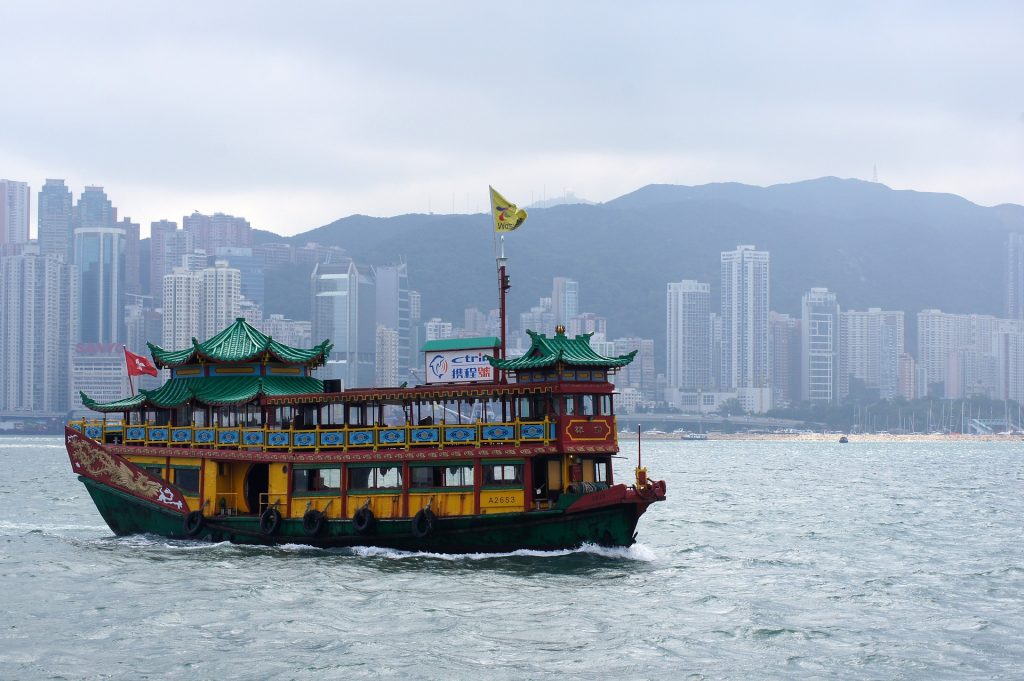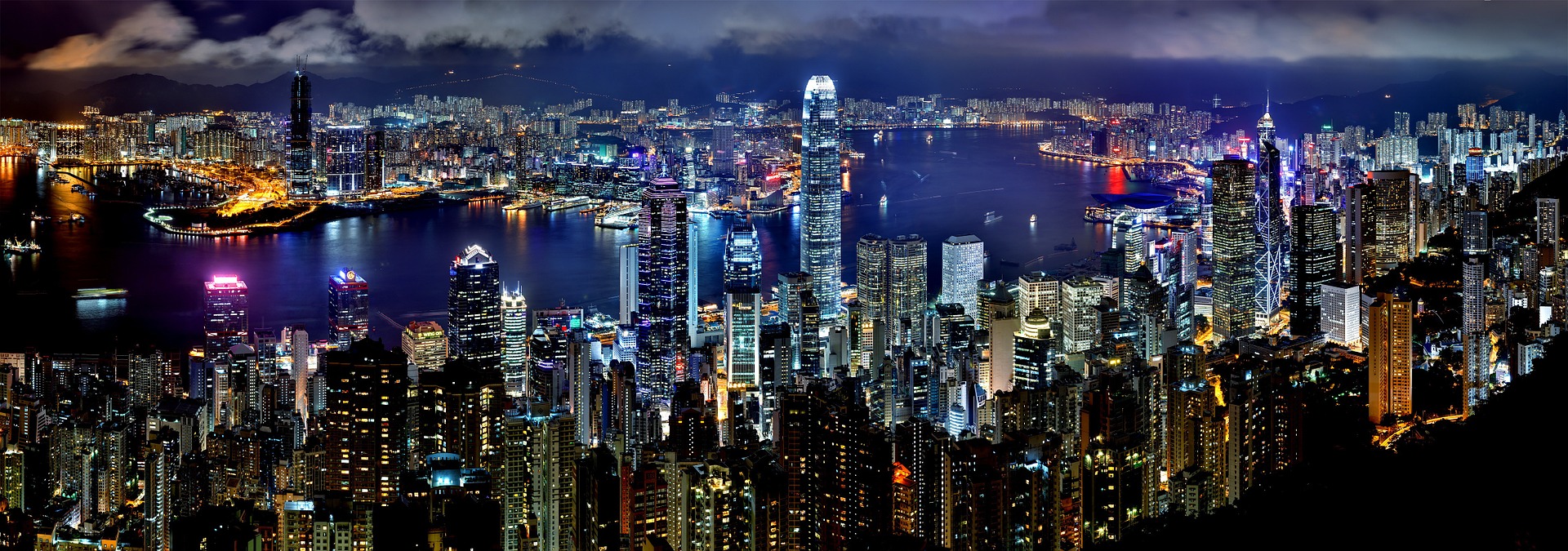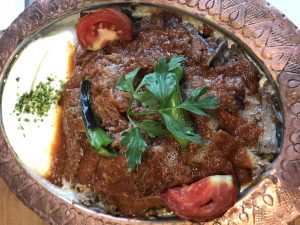Hong Kong is termed as a Special Administrative Region (SAR) and is a territory in Southeast China. The official name is the Hong Kong Special Administrative Region of the People’s Republic of China.
Hong Kong Geography Settings
It holds its own currency, passport, Olympic Team and legal system. However, the chain of command leads back to Beijing. The city has a population of approximately 7.5 million people.
Moreover, The total area is 1,104 square kilometers (equivalent to 426 sq miles). The topography covers Hong Kong Island, the Kowloon Peninsula and over 200 other offshore islands.
It would be easy to consider this city a country. However, that would not be an accurate description. Why? Well the answer isn’t that simple as it involves a lot of history and politics.
Traditionally, Hong Kong is somehow distinct from China. While the two share a clear cultural connection, there are equal sized differences. Notably, for a span of 50 years, marginal variations carved two distinct cultures and skylines.
While China has held a communist rule on its mainland, Hong Kong was pretty much shaped by the British touch on the land and people. Moreover, with the British came international influence as well to further widen the gap of culture with China. Nonetheless, Hong Kong still carries a lot of Chinese traditions at its core.
Therefore with all of these factors combined, this region has made an international presence for itself. Today it became one of the most visited cities in the world. A city of western profile that supports Chinese traditions and is very welcoming to tourists.
Hong Kong History and Traditions

Hong Kong means “Fragrant Harbour” or “Spice Harbour”. The Cantonese Chinese naming is possibly derived from agarwood and other spices and herbs that were shipped into the harbour.
The traditions are fundamentally that of the native Chinese who were born during the period of British rule. This is a period extending from 1841 till 1997, with brief intermittence of Japanese rule. The harbour came under British control as a result of the famous “First Opium War”.
Mainland Chinese citizens have been moving to Hong Kong since 1997, when Britain returned the region to China. These come searching for better life opportunities and more prosperity. Consequently, this has resulted in about 20% of Hong Kong residents becoming Mainland Chinese. This in turn has slowly but surely been transforming the culture into more Chinese.
Newsletter
The City's Culture
You can expect the culture to become a sophisticated mixture of the East and West. Precisely, it is a combination of Han Cantonese, the ethnic culture of Southeastern China and the British Western culture.
English and Cantonese are the official languages. Additionally, Mandarine is wildly spoken across the urban areas. Residents are proud of their city and their accomplishments.
Recently, the city is witnessing more media coverage due to the protests. These stem from the cultural differences between the present rule and the historical autonomous status of the region.
Taoism, Buddhism, Christianity, Islam, and other religious beliefs all coexist in Hong Kong. However, the Taoism and Buddhism temples are the most seen in the region. The Taoist belief is the perception of “Wind and Water” and “The Way” of living. Many of the residents are followers of Taoism.
Hong Kong Cuisine and Culinary Scene
This place is one of the world’s truly multicultural cities. That being said, the food reflects its diversity. It is a melting pot of natives, descendants of British colonists and immigrants from Eastern Europe and Southern Asia.

The city is known as the “World’s Food Fair” and eating out is one of the most popular things to do as a tourist. Moreover, it is a dining paradise and voted as the “Culinary Capital of Asia”. Therefore, you can expect a wide range of restaurants and some of the world’s best foods on display. Most importantly, the traditional Cantonese food is Hong Kong’s native cuisine.
Therefore, street food and world fancy upscale restaurants offer some of the best foods your taste buds can ever imagine. These are some of the city’s food wonders:
-Sweet and Sour Pork
-Traditional Roast Goose
-Steamed Chicken Feet
-Egg Tarts
-Steamed Fish
-Hong Kong Style Milk Tea
-Steamed Rice Rolls
-Sichuan-Style Wontons
-and the list goes on and on…






